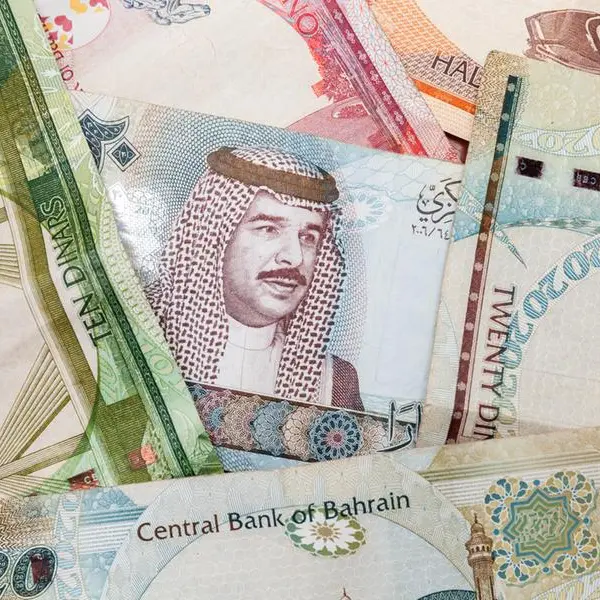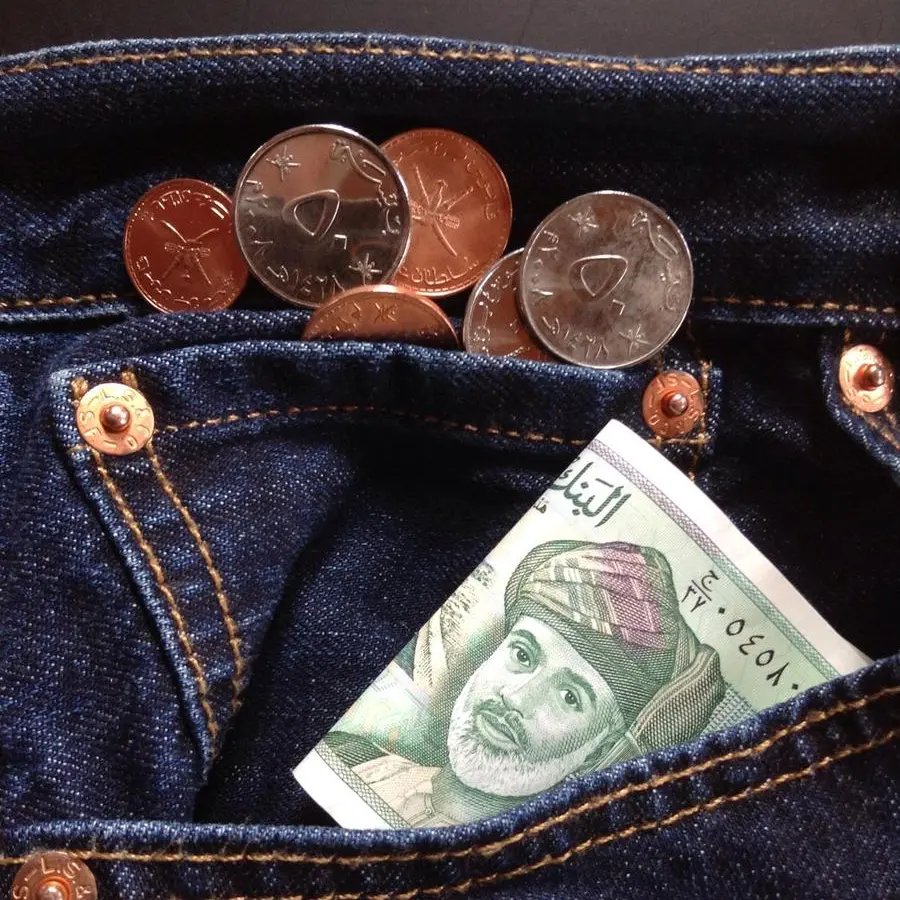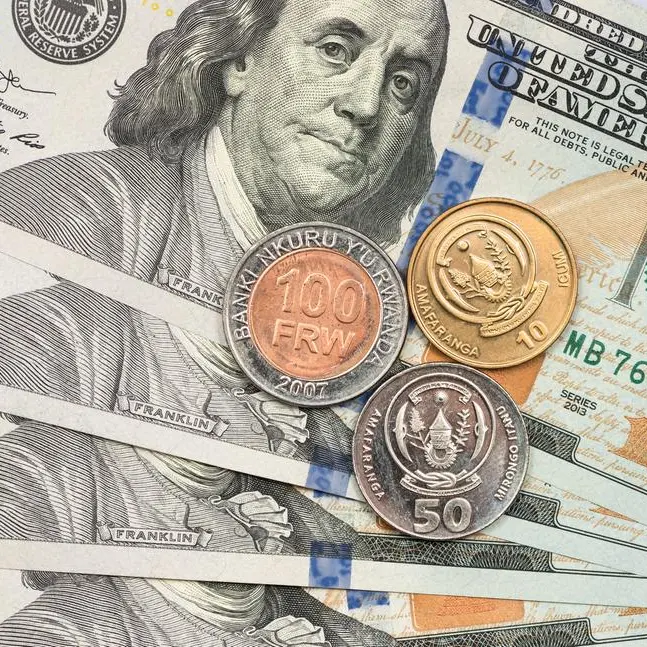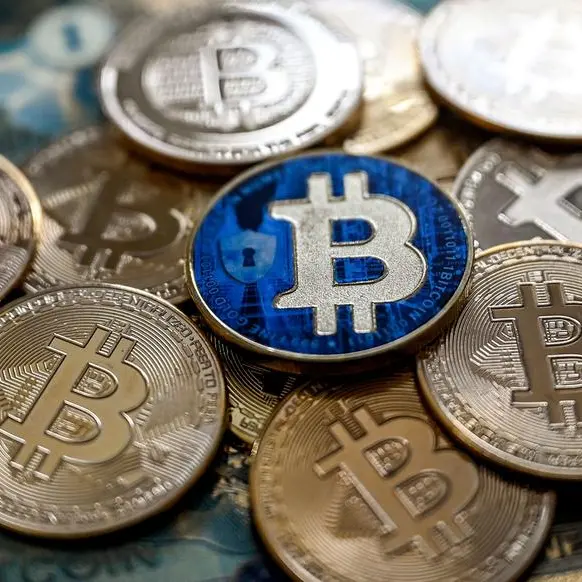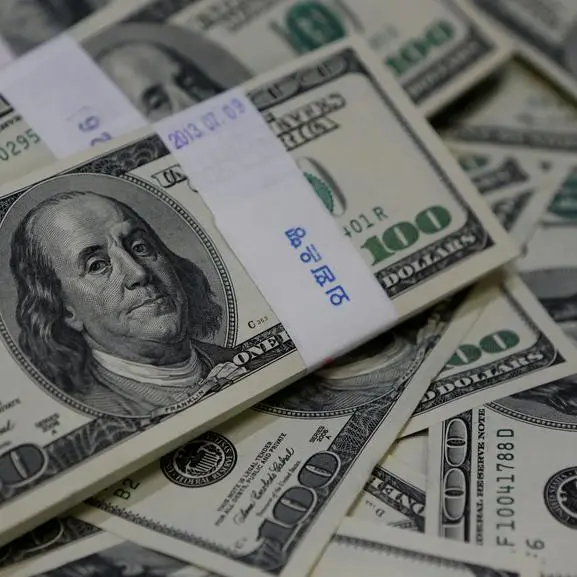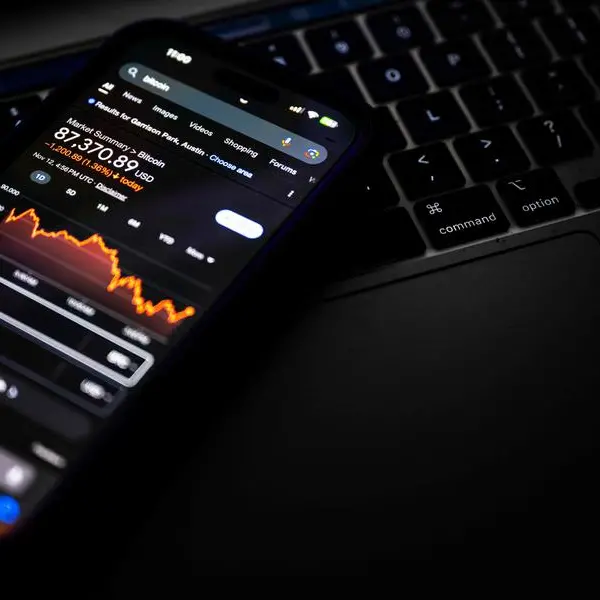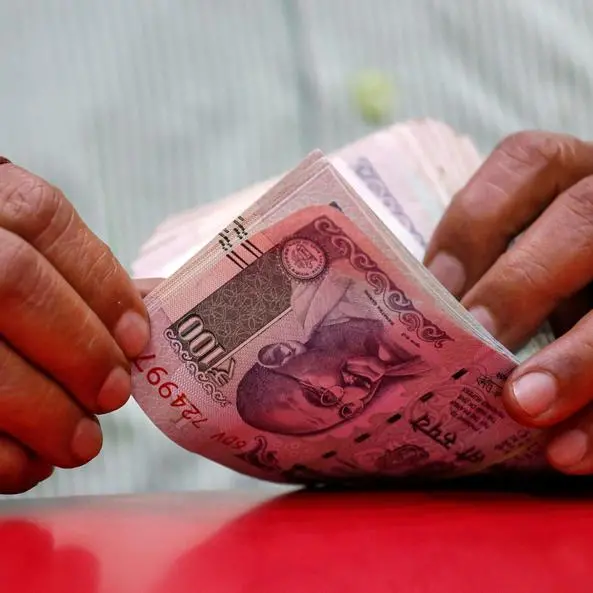PHOTO
A picture illustration shows U.S. 100 dollar bank notes taken in Tokyo. Yuriko Nakao, Reuters
NEW YORK: The U.S. dollar fell on Thursday, except against the yen, vacillating after data showed unexpected slowing in economic growth and an unwelcome inflation acceleration, potentially tying the Federal Reserve's hands on a pivot to easier interest rates.
While the dollar was hardly shaken against the beleaguered yen, it otherwise only popped briefly after the Commerce Department reported that U.S. gross domestic product grew at a 1.6% annualized rate in the January-March period, slower than the 2.4% rate expected by economists polled by Reuters.
The report also showed that underlying inflation as measured by the core personal consumption expenditures (PCE) price index rose 3.7% in the first quarter, eclipsing forecasts for a 3.4% rise.
The inflation surprise puts an even greater-than-usual focus on the release on Friday of PCE price index data for March. The PCE index, and core PCE index factoring out food and energy prices are among the Fed's most important gauges of price behavior. Inflation remains stubbornly above the U.S. central bank's 2% inflation target.
"The market reaction to the (GDP) data tells all you need to know about what investors are focused on and it's mostly inflation and not growth," said Boris Kovacevic, global market strategist at Convera in Vienna, Austria.
"The print on the 3.7% PCE does suggest that tomorrow's PCE number will be higher."
The yen, meanwhile, hit a fresh 34-year low versus the dollar and a 16-year low against the euro on Thursday as investors expect a Bank of Japan (BOJ) policy meeting that ends on Friday to not be hawkish enough to support the Japanese currency.
The dollar index, a measure of the U.S. currency's value against six rivals, reversed a small overnight loss after the data caused benchmark Treasury yields to rise, topping at 106.00. It was last at 105.60, off 0.21%.
Conversely, the greenback fell as low as 155.31 yen after the GDP data, but quickly reversed to stand 0.19% higher at 155.63.
It peaked at a 34-year high of 155.75 yen, while the euro/yen pairing surged to 167.025, a 16-year peak.
Investors guessed the dollar/yen 155 level would be a line in the sand for Japanese authorities, above which the BOJ could intervene to shore up the currency. But it's a moving target and the market has been on high alert for such central bank action since the yen fell below 152 per dollar about two weeks ago.
"I think that Japanese officials have been very clear that they are not really looking at a particular level," said Marc Chandler chief market strategist, at Bannockburn Global Forex in New York.
"We should expect a hawkish hold from the BOJ where they hold policy and they talk about how the weakness of the yen could contribute to inflation and which they'd respond to."
The euro went up 0.26% to $1.0725. Sterling strengthened 0.35% to $1.2504.
Following the GDP data, the U.S. rate futures market was pricing in a 58% chance of a Fed rate cut in September, down from 70% late on Wednesday, according to CME Group's FedWatch tool.
Rate futures traders on Thursday were factoring in a 68% chance that the Fed's first rate cut since 2020 could happen at its meeting in November.
"The inflation figures ... potentially even point to the need for a further tightening," said Stuart Cole, chief macro economist, at Equiti Capital in London. "We know that returning CPI (consumer price index) to target is the Fed's main objective and therefore, on balance, today's figure probably pushes an interest rate cut further down the road."
In cryptocurrencies, bitcoin gained 0.80% at $64,492.00. Ethereum rose 0.94% at $3158.95. (Reporting by Alden Bentley and Gertrude Chavez-Dreyfuss in New York Additional reporting by Stefano Rebaudo in Milan and Medha Singh in Bengalaru; Editing by Chizu Nomiyama, William Maclean, Paul Simao and Diane Craft)


